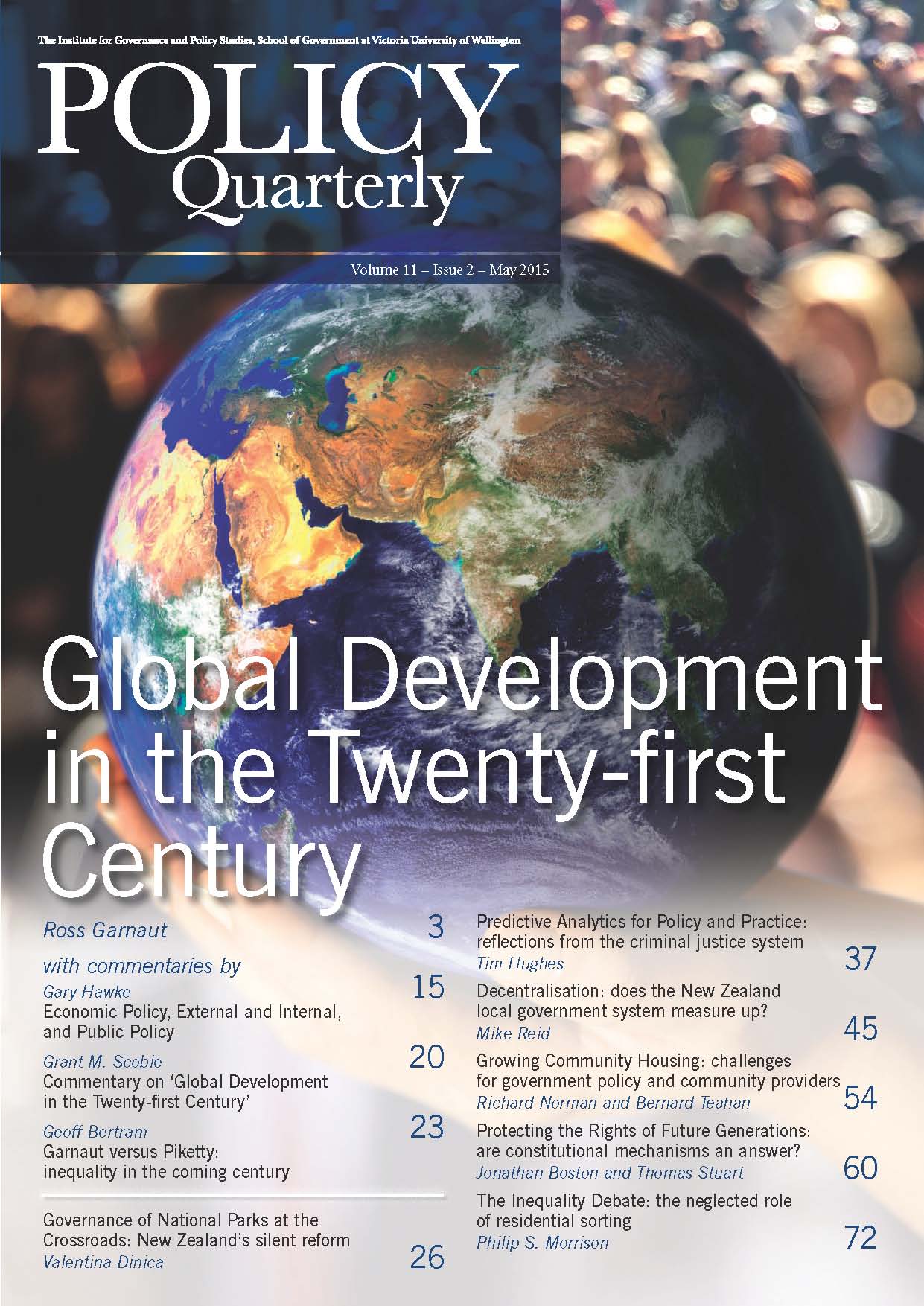Governance of national parks at the crossroads: New Zealand's silent reform
DOI:
https://doi.org/10.26686/pq.v11i2.4533Keywords:
commercial activities, Department of Conservation (DOC), financial sustainability challenge, role of volunteering, Resource Management Act (RMA), conservation economy agenda, Conservation ActAbstract
New Zealand’s national parks are major attractions for tourism and recreation, while hosting other commercial activities considered compatible with that primary role, like grazing, commercial filming and renewable electricity production. Commercial activities can only be carried out according to the terms of legal documents referred to as ‘concessions’ (typically, permits, licences and leases). There are currently 14 national parks, all managed by the Department of Conservation (DOC). Most of the country’s native birds, reptiles, frogs, bats and plants are unique in the world, but highly vulnerable to introduced predators and human activities. DOC has argued frequently that its conservation activities are ‘heavily weighted towards the trapping and poisoning of … introduced animals’. However, ‘less than 25% of conservation land receives interventions on key threats, with around 8% receiving possum, rat and stoat control’.
Downloads
Downloads
Published
Issue
Section
License
Permission: In the interest of promoting debate and wider dissemination, the IGPS encourages use of all or part of the articles appearing in PQ, where there is no element of commercial gain. Appropriate acknowledgement of both author and source should be made in all cases. Please direct requests for permission to reprint articles from this publication to Policy-Quarterly@vuw.ac.nz.



